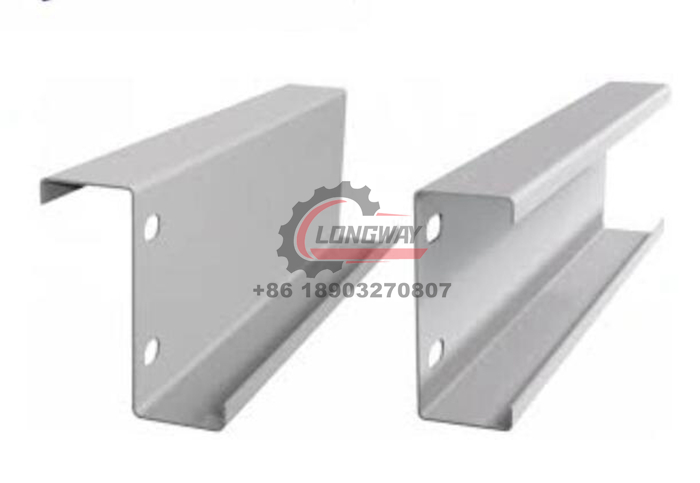High-Precision Steel Coil Slitting Line for Enhanced Processing and Efficiency
Understanding Steel Coil Slitting Lines
Steel coil slitting lines are crucial in the metal processing industry, allowing manufacturers to convert wide steel coils into narrower strips that can be further utilized in various applications. This process is essential for a range of industries, including automotive, construction, and appliance manufacturing, where precise metal dimensions are necessary.
What is a Steel Coil Slitting Line?
A steel coil slitting line is a specialized piece of equipment that slits wide rolls of steel (or aluminum) into narrower widths. The process involves several steps, including uncoiling, slitting, and recoiling, which come together to produce high-quality metal strips. These lines are designed for efficiency, speed, and precision to meet the demands of modern manufacturing.
Key Components of a Slitting Line
1. Uncoiler The process begins with an uncoiler that holds the master coil. The uncoiler unwinds the steel strip and feeds it into the slitter. This step is critical because it must maintain tension to prevent deformation of the metal during processing.
2. Slitting Section This is the core of the slitting line. It features multiple circular blades, which cut the wide coil into desired widths. The number of blades can vary based on the specification requirements. The positioning and alignment of these blades are crucial for achieving clean, straight cuts and maintaining precise widths.
3. Tension Control System Maintaining proper tension throughout the process is essential. A tension control system ensures that the steel does not bulge or deform, leading to inconsistencies in thickness or width.
4. Recoiler After slitting, the narrower strips are wound onto a recoiler. This part of the line collects the slitted strips while ensuring they are wound tightly and uniformly, preventing any defects.
5. Cut-off and Stacking Equipment Depending on customer requirements, the strips may need to be cut into specific lengths and stacked for delivery. Cut-off shears or systems can be integrated into the line to automate this process.
The Slitting Process
steel coil slitting line

The slitting process can be broken down into a few essential stages
1. Preparation The coil must be prepared for slitting, which might include cleaning and inspection for any defects. 2. Uncoiling The coil is unwound and fed into the slitting line, where it is guided to the slitting blades.
3. Slitting As the steel is fed through, it passes between rotary cutting blades, which precisely cut the metal based on pre-defined widths.
4. Recoiling and Finishing After slitting, the strips are recoiled for further processing or shipping.
Advantages of Steel Coil Slitting Lines
- Efficiency Steel coil slitting lines operate at high speeds, significantly increasing productivity in manufacturing processes. The automation of these lines reduces manual labor and human error. - Versatility These lines can handle various thicknesses and materials, making them adaptable to different market needs.
- Precision With advanced technology, slitting lines ensure precise cuts, which is crucial for industries that require exact dimensions for their products.
- Reduced Waste Efficient slitting processes minimize scrap metal, contributing to a more sustainable manufacturing operation.
Conclusion
In summary, steel coil slitting lines are an integral part of the metal processing industry, transforming wide coils into precise, usable strips. Their design, which includes uncoiling, slitting, recoiling, and other ancillary processes, ensures manufacturers can efficiently meet the demands of various sectors. As industries evolve and seek out more precise and efficient methods, steel coil slitting lines will continue to play a pivotal role in maintaining the supply chain of quality metal products. Whether in automotive manufacturing or construction, understanding the importance of steel coil slitting lines will be essential for navigating the future of metal processing.
-
Key Features to Look for in a Roof and Wall Panel MachineNewsMay.23, 2025
-
Key Features of a Roller Shutter Door Forming MachineNewsMay.23, 2025
-
Key Features of a Purlin Roll Forming MachineNewsMay.23, 2025
-
Key Features of a Cut to Length & Slitting LineNewsMay.23, 2025
-
Benefits of Using a Downspout Gutter Forming MachineNewsMay.23, 2025
-
Advantages of Using a Steel Deck Floor Roll Forming MachineNewsMay.23, 2025
-
Revolutionize Your Gutter Production with a Gutter MachineNewsMay.23, 2025








